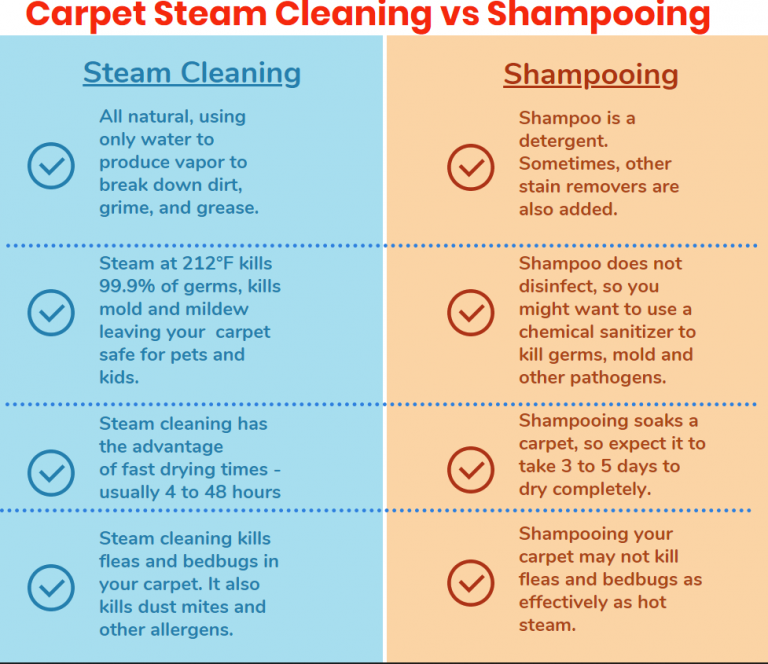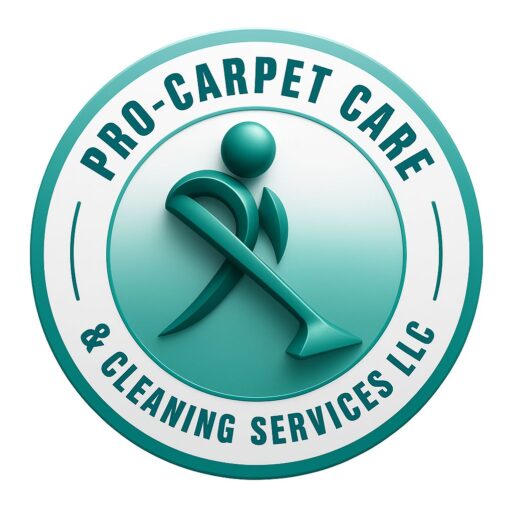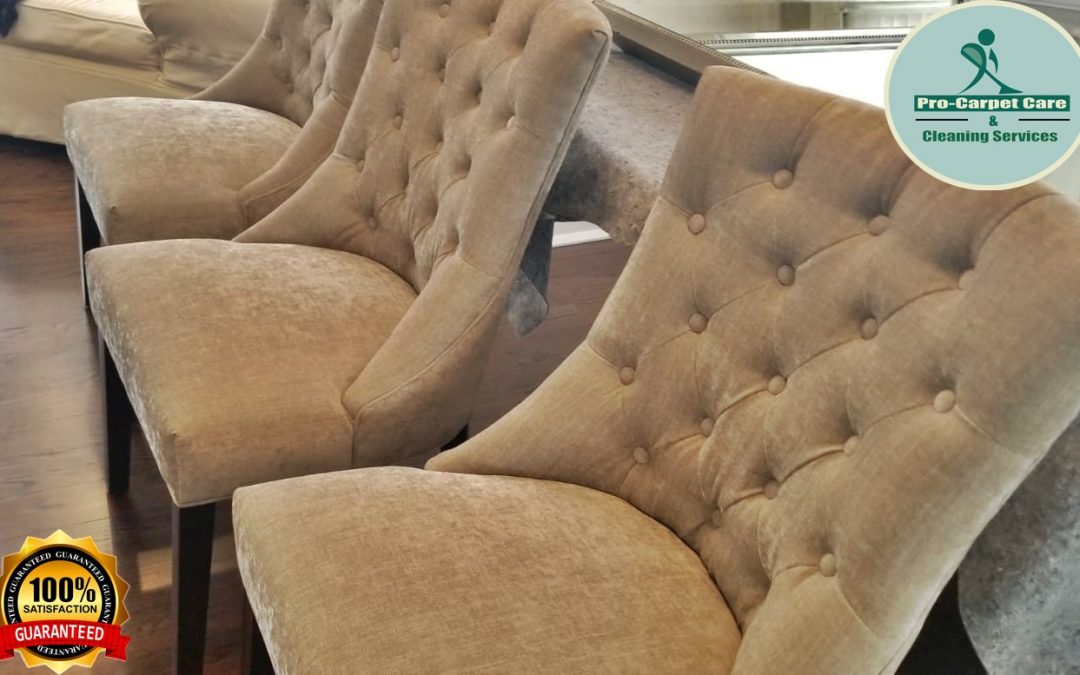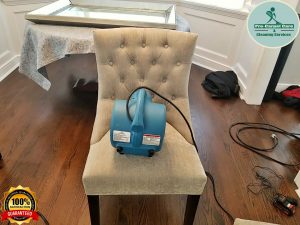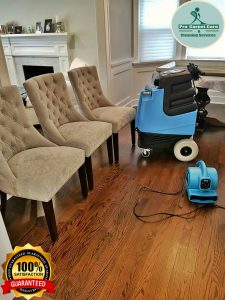Dining Chair Cleaning
Dining chairs are essential for enjoying a meal at your dining table. However, keeping them cleanfinding can be a challenging task, as you eat and socialize with friends and family.
Dining Chairs Material
The material with which they are crafted is another important consideration when cleaning dining chairs. Think about both the material of the chair frame as well as any upholstery that may be included. Keep in mind that some dining chairs may feature a mixture of the materials listed below:
Common Dining Chair Frame Materials
- Wood: Wood is sturdy and found in a variety of chair types. It can be assembled or carved into many different shapes and styles. Wood chairs are also often stained or painted, allowing them to match a variety of existing decor.
- Metal: Metal is easy to clean and offers a sleek appearance. Unless the seat is upholstered, these chairs may not be as comfortable as other options.
- Rattan: Rattan chairs are made from a durable palm-based material. These lightweight chairs are most popular in coastal regions.
Common Upholstery Materials
- Leather: Leather is very durable and easy to clean.
- Polyester: Polyester is durable, resists wrinkles, and is relatively easy to clean.
- Cotton: Cotton is soft and comfortable, but it can stain easily.
- Polypropylene: Polypropylene, also called olefin, is very durable and easier to clean than other fabrics.
Since dining room chairs are used when eating, it is also important to think about the amount of stain- and water-resistance each material provides.
Dining Chair Basic Cleaning
Using a Neutral solution Home made solution, spraying the cleaner on any part of the fabric that looks particularly stained before letting it sit on the problematic area for approximately one minute. ‘Scrub the chair with a soft, lint-free cloth, you should then scrub the stain out – and repeat if the dirt persists, then rinse off the soap residue with fresh water,You should then dry the chair thoroughly before storing it away.
Frequenly asked questions about sofa cleaning
How often should a sofa cleaned?
Your couch and other upholstered furniture get dirty from a number of sources such as dirt, sweat, food stains and dust. Especially if you have children and pets at home who enjoy playing on the couch often, it is recommended to have your sofa professionally cleaned every 6 to 12 months.
How is sofa cleaning done by Pro Carpet Care ?
An upholstery cleaner or a team of cleaners will arrive at your address and inspect the fabric of your furniture and decide what type of detergent is most suitable. The technician comes equipped with a variety of detergents ready to treat the most common types of stains. After the stain treatment, the technician will use a special cleaning machine to clean your upholstered furniture. Next, after a drying time of a few hours, you can enjoy your freshly cleaned furniture.
Are there any stains that cannot be cleaned?
Most stains can be cleaned, however, if a stain has reached too deep into the fabric or has not been treated for a long time, it will be very hard to remove and the fabric may be damaged during the cleaning process. Some stains such as blood and water stains are close to impossible to remove. Make sure to call Pro Carpet care and tell us the type of fabric of your sofa and the type of stain you want to remove and our friendly staff will advise you further.
Floor Cleaning Topics:
- Steam Carpet Cleaning -Summit NJ
- How to dry carpet after cleaning
- How to get rid of odor in carpets
- Basement water damage -steam carpet cleaning
- Lear how to clean wood floor
- How often should I clean my carpet?
- Best Homemade carpet cleaner
- Hotel Carpet Cleaning
- Our Expertise in High-Traffic Areas ( Hotels, Apartments buildings…)
- Expert Commercial Carpet Cleaning Services
Is it better Shampoo or steam cleaning?
Steam cleaning stands out as a supremely effective method, owing to its advanced technology and integrated machinery. Moreover, the infusion of hot water and cleansing agents ensures a swift and thorough penetration into upholstery, surpassing the efficacy of traditional shampooing techniques.
